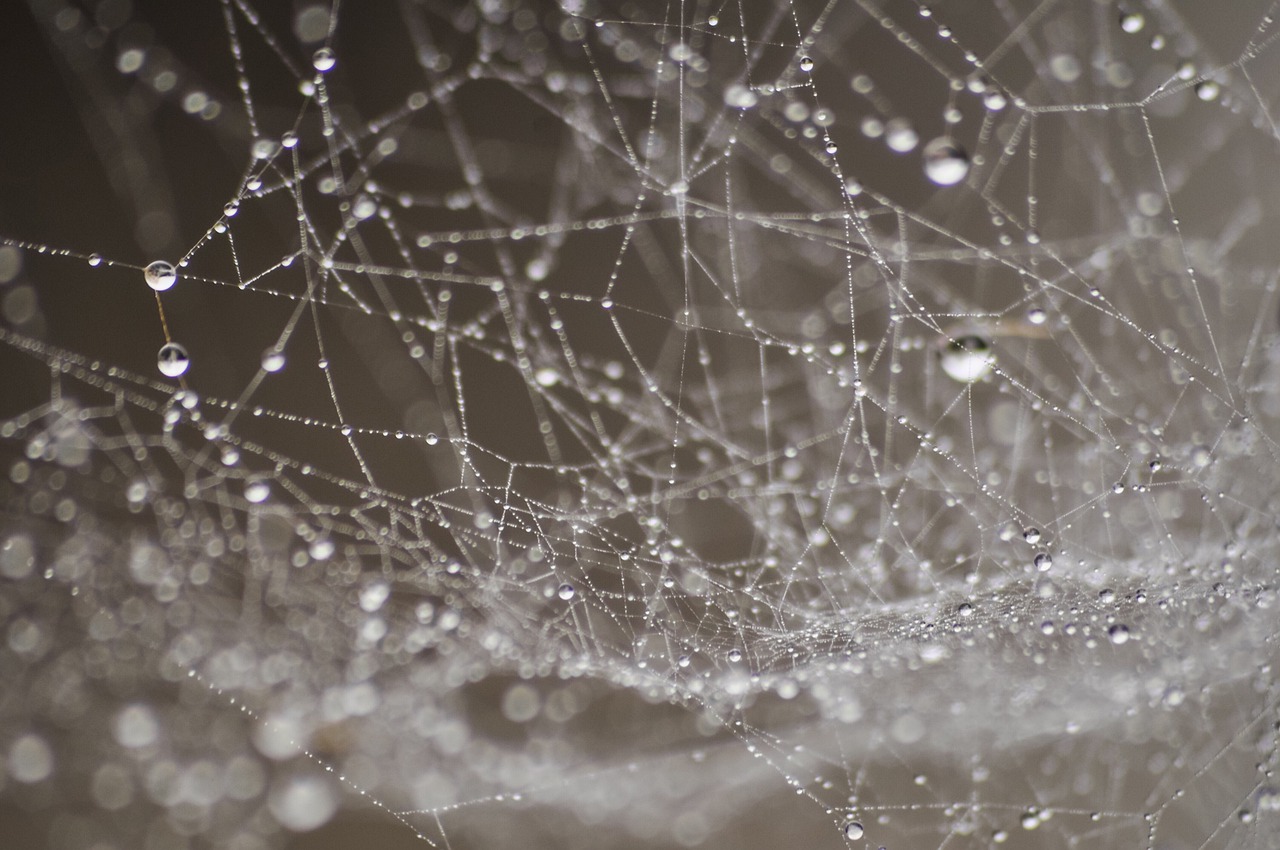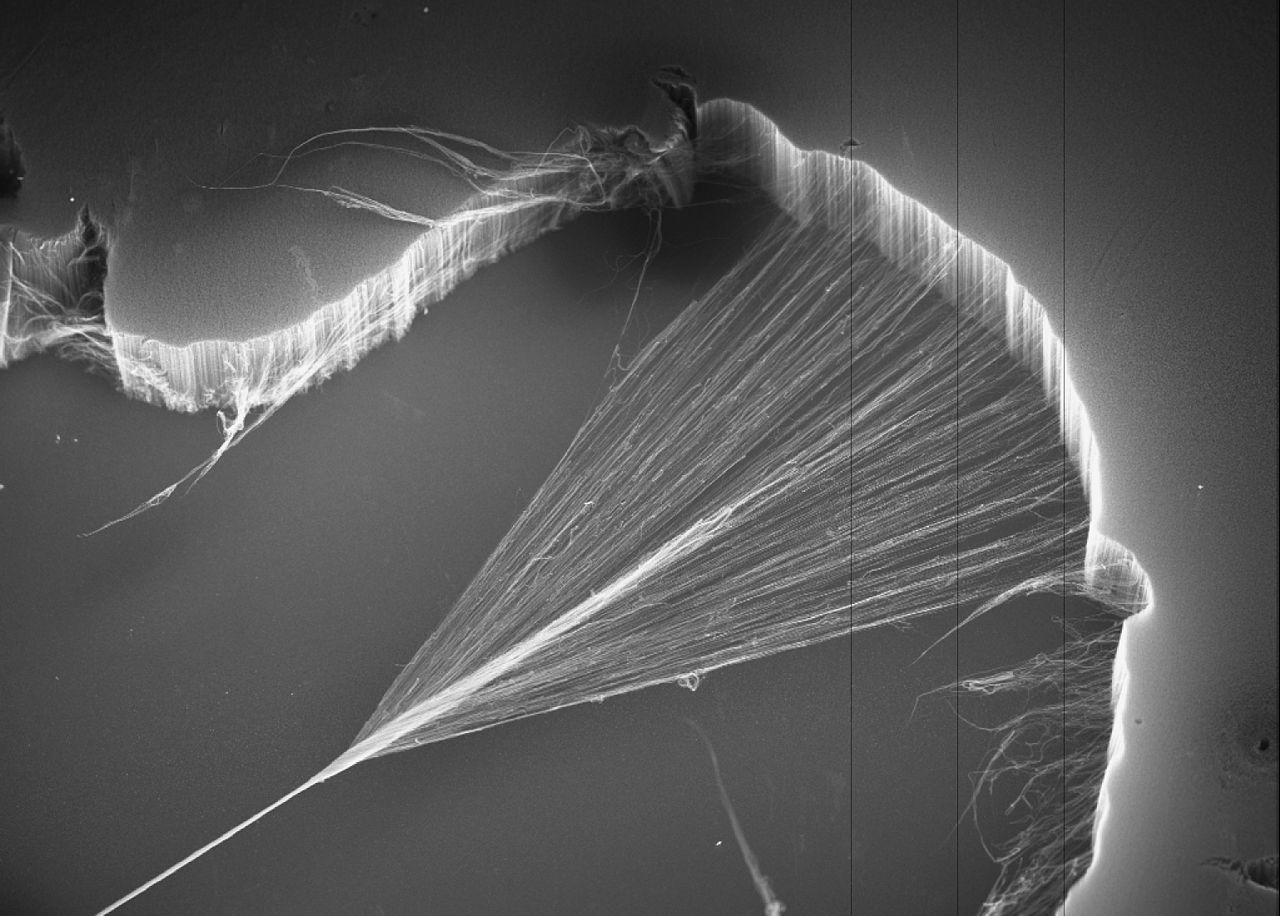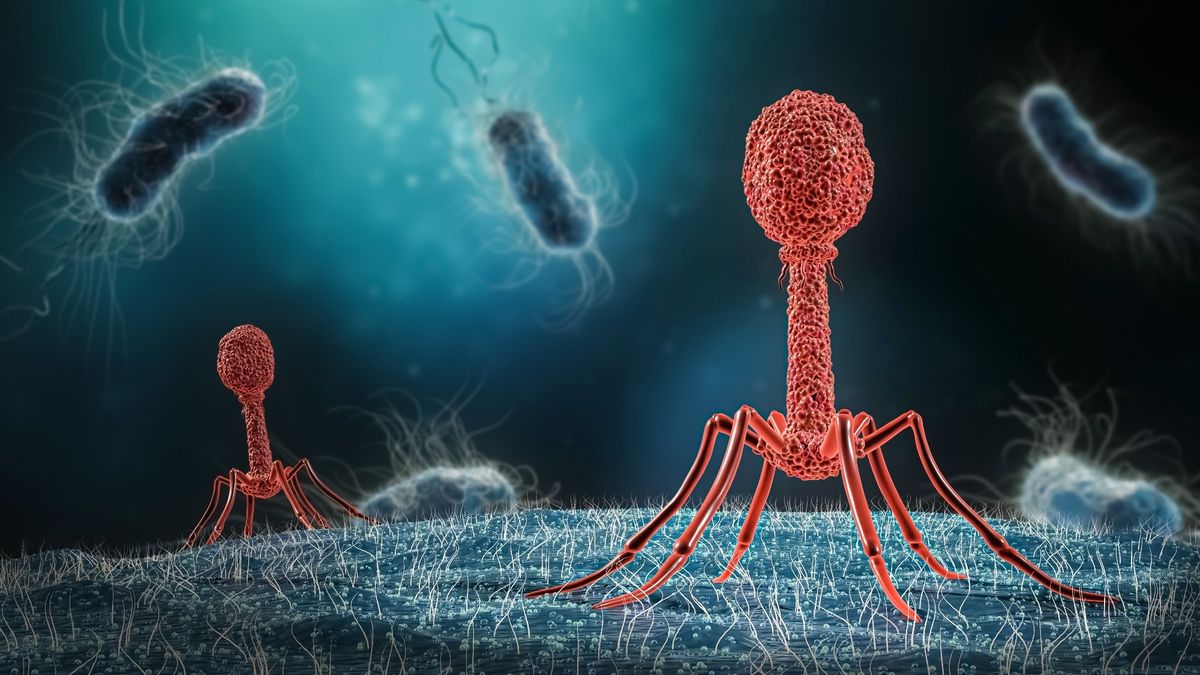
You may see them as nightmare fuel, but spiders can be pretty, too. Other than the creepy crawlies that look straight out of a horror movie, spiders come in many shapes and forms. In particular, the peacock spider stands out for its brilliant colors and mating habits similar to their winged namesake. Find out more about these stunning animals with these peacock spider facts.
- 01Peacock spiders measure only 5 mm in length at most.
- 02They can be mostly found along Australia’s south coast.
- 03They pose no threat to humans, despite their venom, as their tiny jaws can’t break our skin.
- 04Females have a uniform brown color.
- 05Males also have largely brown coloring, but also have colorful patterns on their backs.
- 01Octavius Pickard-Cambridge first studied peacock spiders in 1874.
- 02They typically live on the ground, hiding among fallen leaves and branches.
- 03Scientists have also found specimens hiding in sand dunes, though.
- 04The spiders tend to stay active the most during the Austral Spring, from August to December.
- 05Scientists estimate the spiders’ lifespan at only around a year, starting when their eggs hatch in August.
- 06Males typically die soon after mating, around December to January.
- 07Females keep watch over their eggs, of which they lay between 6 to 15 in a clutch.
- 08They also dig underground nests to hide and protect their eggs.
- 09They also tend to starve themselves keeping watch over the eggs.
- 10The female spiders usually die around the time their eggs hatch.
- 01Some people claim the peacock spider can fly, but scientists disagree with those claims.
- 02The spiders’ eyes let them see ultraviolet light, unlike humans and most other animals.
- 03They also have 2 sets of eyes, with the second set especially motion-sensitive.
- 04Their scales also have the ability to reflect ultraviolet light.
- 05Surprisingly, no international organization has set the spiders’ conservation status.
Peacock spiders have many relatives.
While peacock spiders may be unique, they are related to 6000 different species of jumping spiders. Together, they account for an estimated 13% of all spider species in the entire world. Additionally, this family stands out for having better vision compared to other spider species.
Peacock spiders have an elaborate mating ritual.
To begin mating, males would flare out the colored flaps that cover their abdomen, much like a peacock’s display. In fact, this species got their name from this similarity. Afterward, the male would clap his front legs together, while rotating his third set of legs and slowly approaching the female. All in all, this behavior comes out as a dance that males do to attract females.
Male peacock spiders have to dance for their lives during mating season.
Male peacock spiders who fail to woo their prospective mates usually suffer a tragic example of tough love. Usually, female peacock spiders that don’t get impressed by a male’s dance would attack. In some cases, they could just reject the male by leaving, but female peacock spiders could also kill and eat the male. Sometimes, the male spider manages to escape, running for his life from the suddenly hostile female.
Females release pheromones when they’re ready to mate.
Instead of mating calls, a female peacock spiders releases pheromones through spinning lines of silk. Carried by the wind, these pheromones let males know about the fertile female’s presence. After mating, a females peacock spider also releases a different set of pheromones that tells males that she’s not available anymore.
Peacock spiders don’t make webs to catch prey.
While these spiders still produce silk, they don’t weave webs to catch their prey in the traditional sense. Instead, peacock spiders wait until their prey gets close enough to pounce on them. Just like their fellow jumping spiders, the peacock spider can travel up to 200 mm away with a single jump.
It might not seem like much to us humans, but to tiny animals like insects and spiders, it allows them to cover great distances. Together with their amazing sense of sight, the peacock spider’s ability to jump great distances makes them very effective predators.

Peacock spiders have a varied diet when it comes to their prey.
The peacock spider diet mostly consists of smaller insects, such as crickets and grasshoppers among other species. They’re also known to attack other spiders, whether members of their own species or others.
Two subspecies of peacock spiders have interesting names.
First, we have the Sparklemuffin named for the jewel-like brightness of the colored patterns on its back, and its “drunken” mating dance. Another uniquely-named subspecies is the Skeletorus, named for the skeleton-like pattern on its body and the He-Man villain Skeletor.
Their scales also have a natural wonder of their own.
After studying how the peacock spider’s patterns can become so bright, scientists discovered a unique scientific phenomenon. To display its colorful lights, the spiders’ scales form nanoscopic lenses made out of naturally-formed carbon nanotubes.
Modern science can barely make those in any real quantity, but these spiders simply include them in the scales. The nanoscopic lenses they make, in turn, capture up to 99.97% of all light falling on the spiders. All in all, this explains the brilliance of the spiders’ colors.

They have a very good sense of hearing.
Peacock spiders don’t actually have ears or even eardrums, but they still have excellent hearing. Using tiny hairs on their legs and bodies, they catch the vibrations in the air that make up sounds and noises. Their hearing has such precision they can catch sounds from up to 3 meters away.
In theory, you can train a peacock spider.
Researchers at the University of Manchester managed to train a regal jumping spider, one of the peacock spider’s close relatives. Nicknamed Kim, the spider learned how to jump on command. Theoretically, you could also train a peacock spider like dogs and cats.
Was this page helpful?
Our commitment to delivering trustworthy and engaging content is at the heart of what we do. Each fact on our site is contributed by real users like you, bringing a wealth of diverse insights and information. To ensure the highest standards of accuracy and reliability, our dedicated editors meticulously review each submission. This process guarantees that the facts we share are not only fascinating but also credible. Trust in our commitment to quality and authenticity as you explore and learn with us.


